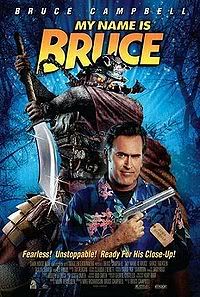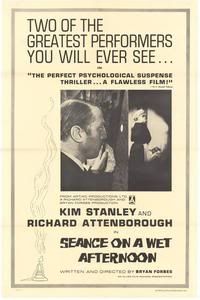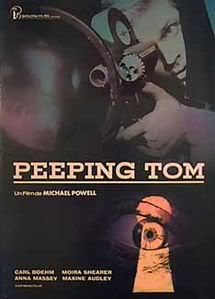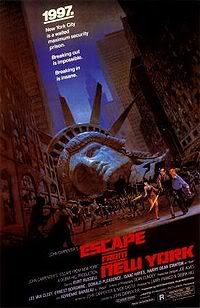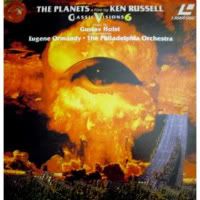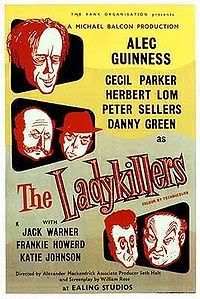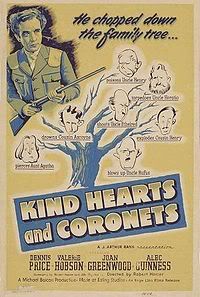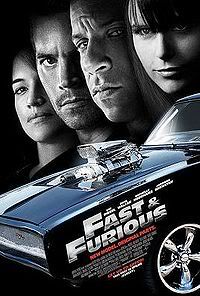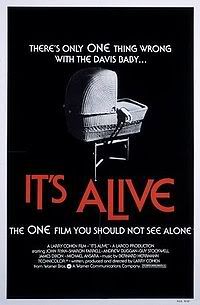
The Alien quadrilogy is a fascinating collection of films for a couple of reasons. One: if you think about the chronology of the four, you're watching about two consecutive weeks in the life of one barge worker (that span doesn't count the 500+ years between Ripley's death in this film and her being cloned in Alien:Resurrection since she essentially picks up where she left off). That's a really shitty series of events no matter how you look at it (Lemony Snickett ain't got nothing on Ripley). Two: each film in the trilogy is not only helmed by a different director, but each is an excellent director with his own sense of style. "Alien: Resurrection" maintains the basic elements of the Alien films while still looking like a Jean-Pierre Jeunet film. Same for Ridley Scott, James Cameron and, in this case, David Fincher.
The dank corridors and the contrasting sepia and pale blue hues are reminiscent of many scenes from "Se7en" or "Fight Club" (especially the leaky basement of the home that the two "protagonists" squat within). It's as if directors were selected before the script was locked into place, and it certainly behoove the films. When the Alien franchise branched into Alien vs. Predator, I lost interest simply because the studios started going with relative unknowns and the sense of cinematic style left so as not to hinder with any body counts (which, to this day, I still don't get making those films PG-13...tsk, tsk). "Alien 3" is also unique in that it takes place on a planet, not on a ship (as is the case with the other films). You're back to just one alien (sans the developing queen within Ripley), but you now have a motley crew of inmates who are not only trapped inside the prison walls, but they also lack armaments (the latter, I felt, was a fun touch).
I found it to be the weakest of the four, but it was still fun all the same. The film does crawl at times, and the multiple scenes of the computer generated alien just look silly. Granted, the film was made in the wake of the "Jurassic Park" boom when everyone held their hands up to the lord in thanks for the creation of computers capable of animating anything the mind could imagine. Sadly, along the way, many forgot that Stan Winston's crew created a ton of practical effects for the film - practical effects which would have also added a little bit of creditability with me when it came to this film (yes, I wanted more of a guy in a suit, because it's a damn good suit!). Still, I could forgive the film, because not only did it feature Charles Dance in a prominent role, but the film also read my mind. As we saw the first few shots of the prison and you realize that it's inhabited almost entirely by balding Brits (I'm sure Donald Pleasence would have played the warden had he still been alive), I muttered aloud, almost jokingly: "Where's Pete Postlethwaite?" And lo and behold, what is the next sight I'm greeted with?
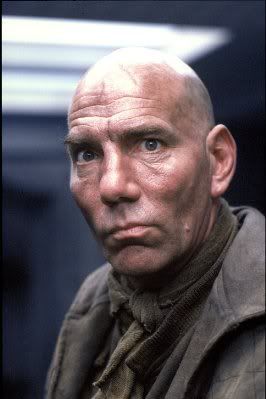
That's right, the hammy character actor in question, to which I replied, "Thank you, movie." He died though. Serves him right. He deserved to be in prison for helping that damned Kaiser Souza escape incarceration again. Oh, and mad props to Charles S. Dutton, too, whose career soared to "new heights" as he chose to fight giant cockroaches in an underground labyrinth in one of his following films instead of aliens.
Watch the Trailer
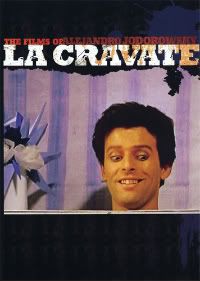
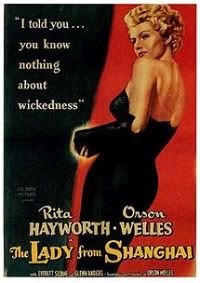
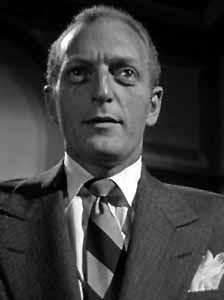

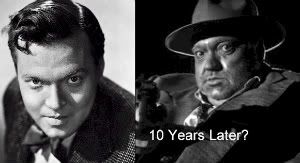
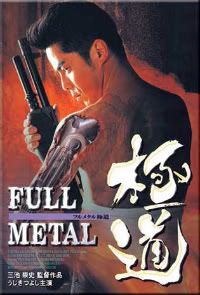
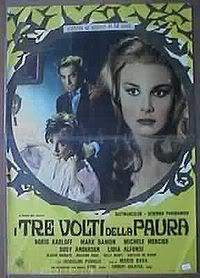
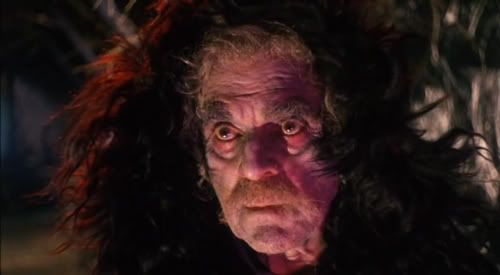


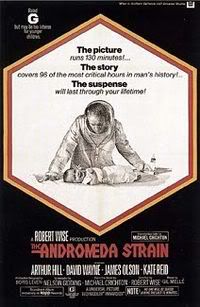 P
P